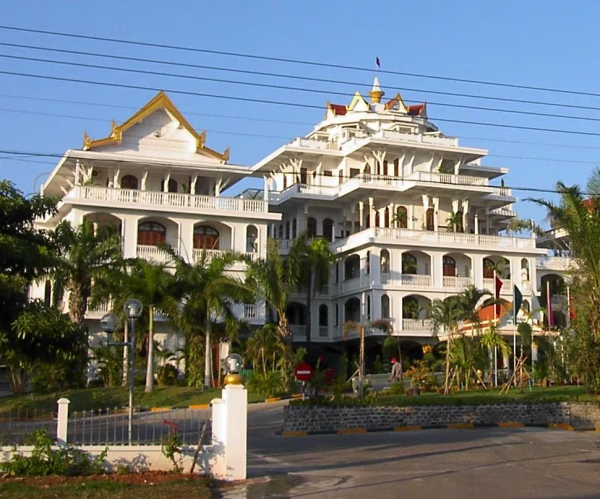
Pakse
Pakse
Published 2024.08.07 by reafla powered by REAFLA
ອະທິບາຍ
Pakse (or Pakxe; French: Paksé; Laotian: ປາກເຊ [pȁːk séː] 'mouth of the river'; Thai: ปากเซ) is the capital and most populous city of the southern Laotian province of Champasak. Located at the confluence of the Xe Don and Mekong Rivers, it has a population of about 95,000.[1] Pakse was the capital of the Kingdom of Champasak until it was unified with the rest of Laos in 1946.
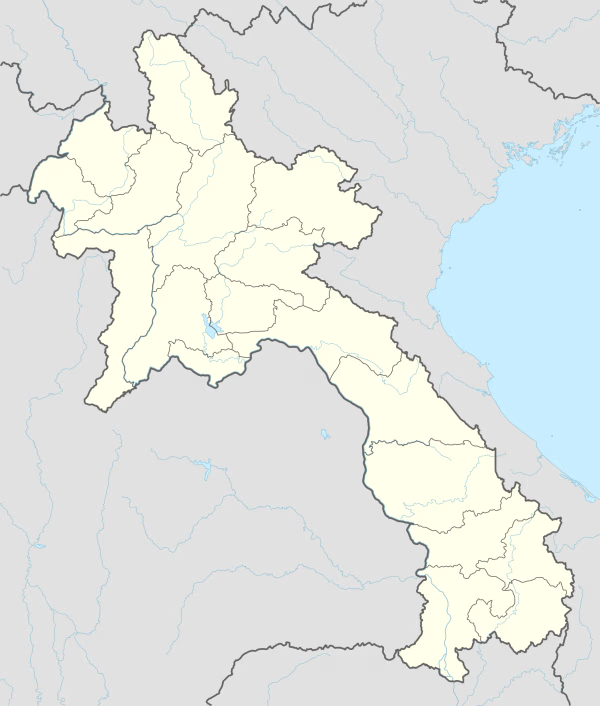
Pakse (or Pakxe; French: Paksé; Laotian: ປາກເຊ [pȁːk séː] 'mouth of the river'; Thai: ปากเซ) is the capital and most populous city of the southern Laotian province of Champasak. Located at the confluence of the Xe Don and Mekong Rivers, it has a population of about 95,000.[1] Pakse was the capital of the Kingdom of Champasak until it was unified with the rest of Laos in 1946.
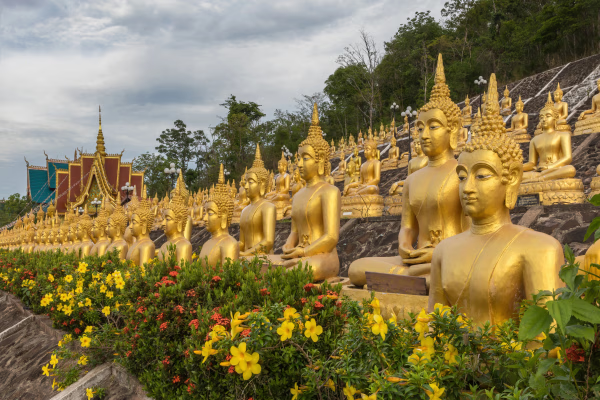
The French established an administrative outpost in Pakse in 1905. The city was the capital of the Lao Kingdom of Champasak until 1946 when the Kingdom of Laos was formed. After the Franco-Thai war the French ceded Preah Vihear Province, formerly belonging to the French protectorate of Cambodia, as well as the part of Champasak Province located on the other side of the Mekong river from Pakse, which had been part of Laos, to Thailand.[2]
The city served as the primary seat and residence to Prince Boun Oum Na Champassak, an important figure in the Laotian Civil War. The prince began the construction of Champasak Palace, but fled in 1974 before it could be completed. The town fell to Pathet Lao forces in May 1975. After 1975, Pakse acquired substantial economic importance in the region. The construction of a bridge over the Mekong, built with Japanese aid, allows road traffic with Ubon Ratchathani in Thailand and has further connected the city to neighbouring countries.

The population is predominantly Buddhist and the city has several temples. These include: Wat Luang, which was built in 1935 and is the largest temple in Pakse, and the Chinese temple Wat Sopsé.[4] Pakse is also the seat of the Roman Catholic Apostolic Vicariate of Paksé led by Cardinal Louis-Marie Ling Mangkhanekhoun.
ປະເພດກ່ຽວຂ້ອງ
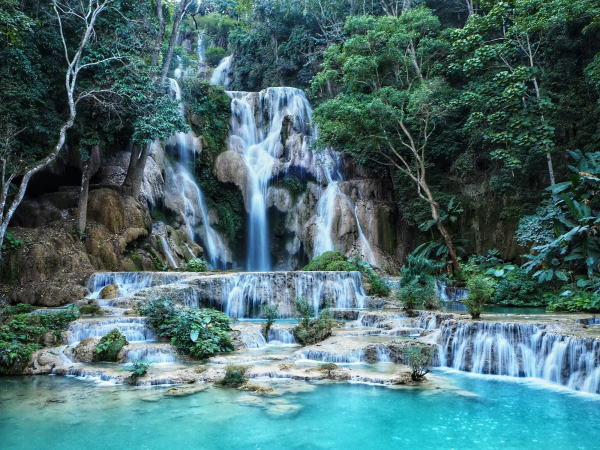
Natural History
Kuang Si Waterfall: A Natural Wonder of Laos
We explore the beauty of Kuang Si Waterfall in Laos and the experiences it offers to travelers who visit it.
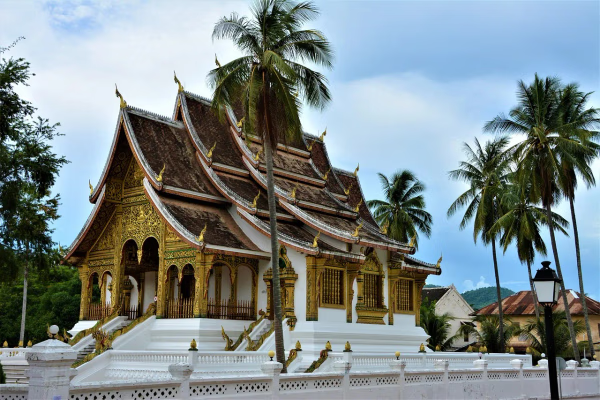
Natural History
Luang Prabang
Luang Phabang, (Lao: ຫລວງພະບາງ/ຫຼວງພະບາງ) or Louangphabang (pronounced [lǔaŋ pʰa.bàːŋ]), commonly transliterated into Western languages from the pre-1975 Lao spelling ຫຼວງພຣະບາງ (ຣ = silent r) as Luang Prabang, literally meaning "Royal Buddha Image", is a city in north central Laos, consisting of 58 adjacent villages, of which 33 comprise the UNESCO Town of Luang Prabang World Heritage Site. It was listed in 1995 for unique and "remarkably" well preserved architectural, religious and cultural heritage, a blend of the rural and urban developments over several centuries, including the French colonial influences during the 19th and 20th centuries.
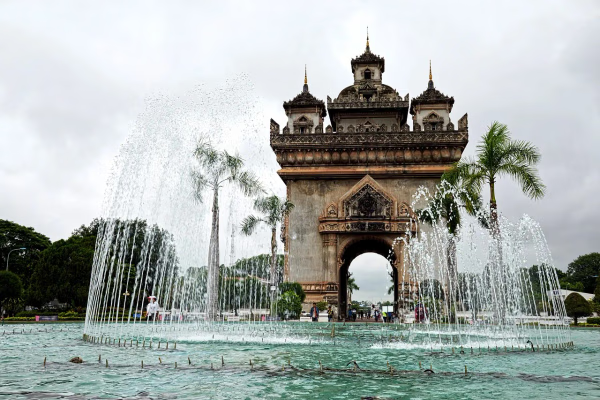
Natural History
Vientiane
Vientiane (/viˌɛntiˈɑːn/ vee-EN-tee-AHN,[3] French: [vjɛ̃tjan]; Lao: ວຽງຈັນ, Viangchan, pronounced [wía̯ŋ t͡ɕàn]) is the capital and largest city of Laos. Comprising the five urban districts of Vientiane Prefecture, the city is located on the banks of the Mekong, right at the border with Thailand. Vientiane was the administrative capital during French rule and, due to economic growth in recent times, is now the economic center of Laos. The city had a population of 1,001,477 as of the 2023 Census. Vientiane is the home of the most significant national monuments such as Pha That Luang, a national symbol of Laos and an icon of Buddhism in Laos. Other significant Buddhist temples can be found there as well, such as Haw Phra Kaew, which formerly housed the Emerald Buddha. The city hosted the 25th Southeast Asian Games in December 2009, celebrating 50 years of the games.